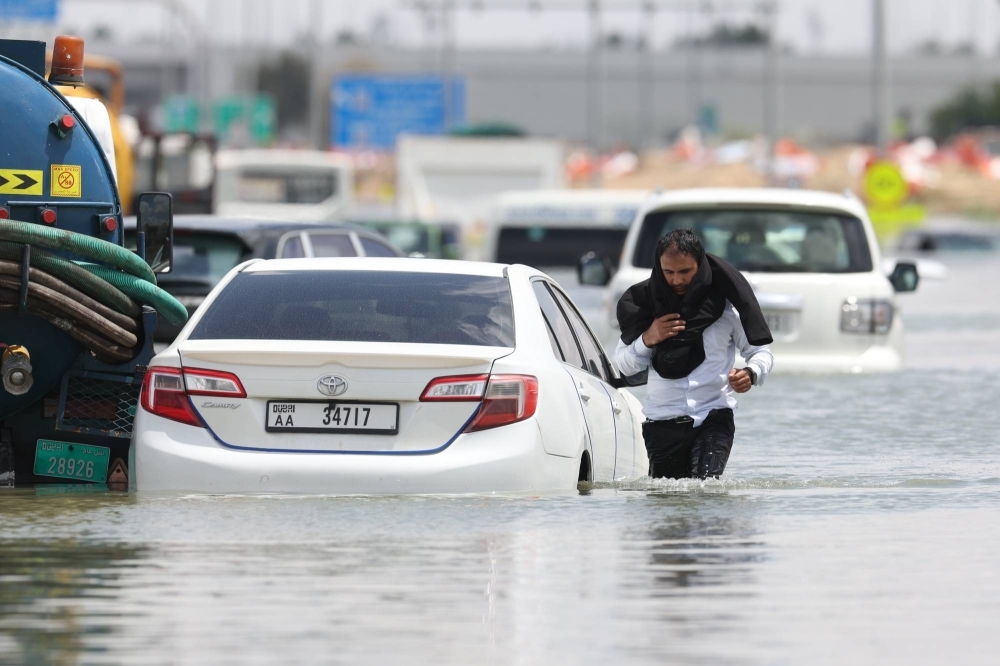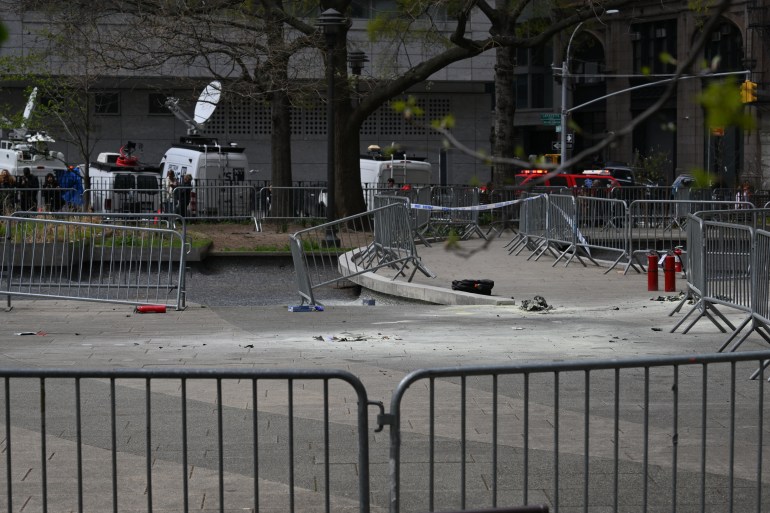Are the protective hoods used by schoolchildren in times of catastrophes truly effective?That was a concern asked by a female in her 50s living in Sendai in the “letters from readers” section of Kahoku Shimpo. Protective hoods have slowly infected elementary schools in Miyagi Prefecture, however some experts state helmets are more reliable when disaster strikes.Lessons from earthquakes
” According to the citys education board and school supply vendors, protective hoods in schools began to be embraced in the 1970s in the Kanto and Tokai areas to prepare for possible large quakes in the areas.A Kahoku Shimpo short article, published about a year after a 1978 deadly quake off the coast of Miyagi Prefecture, reported the growing appeal of the protective hoods at primary schools in Sendai under the heading “Air-raid hoods make a return. Such hoods had actually been utilized throughout the war to safeguard kids from injury during air raids.The usage of protective hoods spread out even more through Miyagi Prefecture after a series of large quakes in the Tohoku region– particularly one in 2003 and the terrible 2011 quake that preceded an enormous tsunami. In some cases, schools introduced them at the demand of moms and dads who moved from the Kanto area where the protective hoods had actually been more common.How lots of Tohoku schools use protective hoods does vary.
The lady in Sendai who sent out the letter stated she was asked to purchase a protective hood 18 years back when her kid got in primary school. “I purchased it due to the fact that everyone else was buying one,” she said. “But I didnt like it, to be sincere, as I seemed like it was something carried over from the wartime.” School supply vendors in Sendai state protective hoods are cost about ¥ 2,500 ($ 22) each, and covering for them for about ¥ 1,200 each.On the efficiency of such hoods in protecting the head in times of disasters, a 2010 test by the National Consumer Affairs Center of Japan showed that damage was decreased by about 50% when a 5-kilogram things was dropped from a height of 10 centimeters. Some hoods showed a damage reduction rate of approximately 80%. The center explains that hoods are fit for defense versus falling books and other fairly light items, while helmets offer much stronger protection.Hisanao Orihara, a catastrophe prevention adviser for Sendai, says hoods are stronger than caps or hats however weaker than helmets when it pertains to securing the head from falling objects. “But they are reliable in protecting not just the head, however likewise the face and shoulders from sparks of fire or shattered glass,” he said.Having protective hoods, in addition to commuting by bike or equipping up other materials and portable ranges, is a fine example of being always prepared for catastrophes, he said. During the 2011 quake in Tohoku, protective hoods worked as pillows or clothing for keeping warm at primary schools in Miyagi Prefecture.Switching to helmets
” If we consider safeguarding lives as the leading concern based on clinical findings, I do not understand why outdated hoods still exist,” she said.Helmets expense in between ¥ 3,000 and ¥ 5,000, not much more pricey than protective hoods. According to Kunizaki, Yokohama and other cities are changing from hoods to helmets, saying that any difficulty of keeping and using helmets can be gotten rid of with ingenuity.In the House of Representatives, protective hoods had actually been in place considering that 1986, however they were altered to collapsible helmets in 2017 after some lawmakers questioned their strength. An education ministry authorities says it is better to leave the decision to each regional federal government, as disaster dangers differ from region to region.It stays uncertain, nevertheless, who is responsible for updating disaster prevention measures at schools.An official at the Sendai Board of Education stated, “It appears that the majority of elementary schools have adopted hoods, however I have actually never heard of helmets.
Ryoichi Yoshida, another disaster avoidance adviser for Sendai, mentions that randoseru, Japans conventional school bags, are more efficient than helmets or hoods as they can safeguard both the heads and backs of children.Protective hoods and helmets are developed to be worn when evacuating to school premises after a quake has stopped. “If an earthquake shakes once again during evacuation, children will be terrified and squat down. There is a risk of falling objects hitting their backs and seriously injuring them,” he said.Yoshida suggests leaving with a school bag on ones back. “If you cover your head with the cover and sit on the ground, you can secure your head, neck, and back,” he stated, including that it works when there is a quake on the method to and from school.He stressed that knowing what to do during the shaking is more important. “When you are under the desk, it is essential to take the right actions to avoid the desk from collapsing,” he said.According to Yoshida, desks with four legs can be supported by understanding the top of the diagonal legs.Since 2012, Yoshida has been recommending the main federal governments disaster prevention projects and functioning as a speaker at instructor training sessions and other occasions.” Schools have not been properly notified about the right actions to be taken, and it has actually not been confirmed as to which method would be the very best,” he said. “The community boards of education ought to show some examples and not leave it as much as each school.” This area includes topics and concerns from the Tohoku area covered by the Kahoku Shimpo, the biggest paper in Tohoku. The original articles were published Dec. 15 and Jan. 14.
IMAGE GALLERY (CLICK TO ENLARGE).
In a time of both misinformation and excessive info, quality journalism is more crucial than ever.By subscribing, you can help us get the story right.
SUBSCRIBE NOW
Source link.
” According to the citys education board and school supply vendors, protective hoods in schools started to be adopted in the 1970s in the Kanto and Tokai areas to prepare for possible large quakes in the areas.A Kahoku Shimpo short article, released about a year after a 1978 deadly quake off the coast of Miyagi Prefecture, reported the growing popularity of the protective hoods at primary schools in Sendai under the headline “Air-raid hoods make a comeback. In some cases, schools introduced them at the request of moms and dads who moved from the Kanto area where the protective hoods had actually been more common.How lots of Tohoku schools use protective hoods does differ.” School supply vendors in Sendai state protective hoods are offered for about ¥ 2,500 ($ 22) each, and covering for them for about ¥ 1,200 each.On the efficiency of such hoods in safeguarding the head in times of disasters, a 2010 test by the National Consumer Affairs Center of Japan showed that damage was lowered by about 50% when a 5-kilogram things was dropped from a height of 10 centimeters. According to Kunizaki, Yokohama and other cities are switching from hoods to helmets, saying that any difficulty of keeping and using helmets can be overcome with ingenuity.In the House of Representatives, protective hoods had actually been in location considering that 1986, however they were changed to foldable helmets in 2017 after some lawmakers questioned their strength. Ryoichi Yoshida, another disaster prevention advisor for Sendai, points out that randoseru, Japans conventional school bags, are more reliable than helmets or hoods as they can secure both the heads and backs of children.Protective hoods and helmets are developed to be worn when leaving to school grounds after a quake has stopped.















